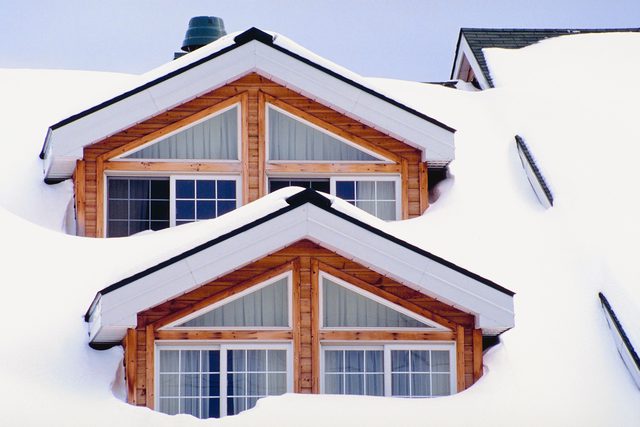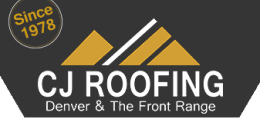Winter Roofing–RoofPrep 101
Let’s talk winter. Cleaning off the roof of your home may be the last thing on your mind after a winter storm, but it should be at the top of the list. Snow, ice, and water work as a triple threat to damage your roofing and permeate your home.
If left unmanaged, the snow can pile up until its weight exceeds the load-bearing capacity of your roof, which can lead to cracking, bowing, and eventually roof collapse. Snow and water are also known for re-freezing and creating ice dams that can block your gutters, create leakage points, and leave you with damaged drywall, ceilings, and floors.
Unfortunately, there are no easy or practical alternatives to dealing with snow pile up. But, there are a few ways to minimize the risk and save you money by preventing expensive roof repairs.

Follow the 6 inch rule
A general rule of thumb is to clear your roof after every 6 inches of snowfall. It’s important to remember that every roof is different when dealing with the 6 inch rule. If you’ve had problems with ice dams in the past, you may want to clear your roof sooner. But if you’ve never experienced issues with ice, you may be able to hold off longer.
You should also take the outside temperature and forecast into consideration. If the snow is likely to melt due to warmer weather, you may not need to remove it right away. However, if the forecast calls for continued freezing weather and more snow, you should remove the snow as soon as possible.
Remove the snow (or pay someone else to)
There are two ways for you to remove the snow yourself: roof-raking and shoveling.
Roof rakes are a great weapon to keep in your home-protection toolbox for combatting winter weather, but they are not a one size fits all solution. Roof-raking is a good practice for small, one-story homes and for clearing the overhangs of a taller home. A good roof-raking routine will help minimize the occasions that call for hiring a removal service, but you will probably need the extra help at some point.
Roof-raking has its limitations when it comes to the height of your home and the weight of the snow, but this is where shoveling can pick up the slack. Shoveling can help remove the heavy, hard, and even wet snow left behind after a big winter storm. We do not recommend shoveling on your own due to the dangers and risk of injury. However, if you do decide to shovel your own roof, keep these tips in mind:
● Use a plastic-edged shovel because metal is more likely to damage your shingles.
● Don’t dump snow onto your gas meter because your furnace could shut off if the gas meter gets covered.
● Be sure to remove all snow and don’t leave any footprint pathways on your roof. These hard packed footprints can become ice and form ice dams over time.
The best and safest way to remove the snow from your roof is to hire a snow-removal service. If you know a winter storm is headed your way, call and schedule the snow removal in advance. This will assure all snow is removed correctly, and you’ll be first in line during a particularly busy time for snow removal companies.
Schedule late fall preventions
A few ways to minimize ice damming before it gets to cold out include:
● Clearing your gutters
● Insulating and ventilating your attic
● Treating your eaves with a liquid de-icer
Also consider a getting a roof inspection done before and after the winter months to check for leakage points. Vents, valleys, and the chimney should be your biggest areas of concern when it comes to these inspections.
When winter hits, it can also bring wind, snow, ice, and water that put your roof to the test. While you can’t control the elements, you can control the steps you take to prevent long-term damage to your roof.
